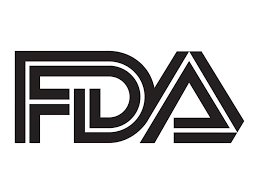Article
FDA Joint Meeting Votes Against IV Tramadol Approval for Adults with Acute Pain
Author(s):
Intravenous tramadol, developed by Avenue Therapeutics, fails to attain FDA approval as treatment for acute pain in adults.

After being reviewed by the US Food and Drug Administration (FDA) for 2 years, the use of intravenous (IV) tramadol for adults with acute pain still lacks enough support to obtain an approval.
Today, the Joint Meeting of the Anesthetic and Analgesic Drug Products Advisory Committee and the Drug Safety and Risk Management Advisory Committee convened to vote on whether the benefits of IV tramadol outweight the risks for patients with acute pain who require an opioid.
The Joint Meeting concluded with a vote of 14-8 against the approval of the controlled drug candidate.
The initial New Drug Application (NDA) submitted by Avenue Therapeutics in 2020 included phase 3 clinical trials that displayed statistically significant outcomes and acheived all primary endpoints, as well as several secondary endpoints. Since then, however, the application has undergone revision.
Despite the supportive results from the trials, the FDA had declared concerns regarding the drug's safety in its intended patient population, leading to the continued correspondence of applications and letters between Avenue Therapeutics and the FDA.
A decision was anticipated last April, however, the FDA announced they were still in the process of reviewing Avenue Therapeutics New Drug Application, with the requested revisions, for the controlled substance.
Prior to the most recent decision delay, a Complete Response Letter (CRL) was submitted by the FDA in October 2020, citing concerns about the possibility of "opioid stacking" after reviewing the phase 3 clinical data in the February 2020 NDA.
Opioid stacking is associated with an increased likelihood of treatment-related adverse events, including misuse, respiratory distress, and untintended advancing sedation.
In addition to the stacking concern, the FDA stated that they would require an adequate terminal sterilization validation prior to the approval of the application. Following this requirement, the resubmission package included revised language relating to the proposed product label, and a report relating to the terminal sterilization.





